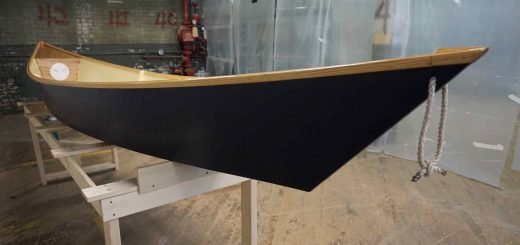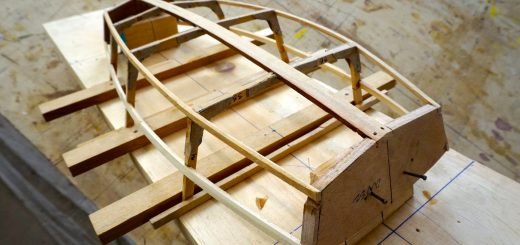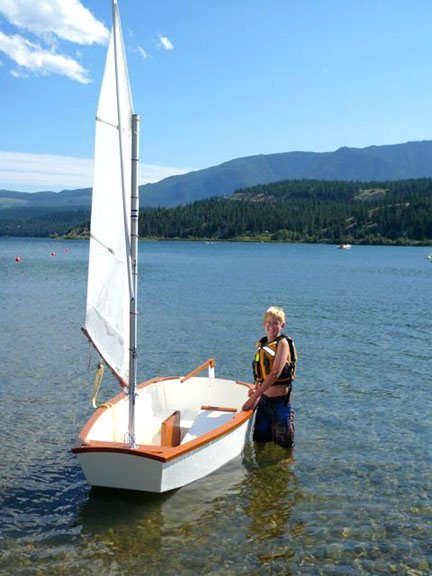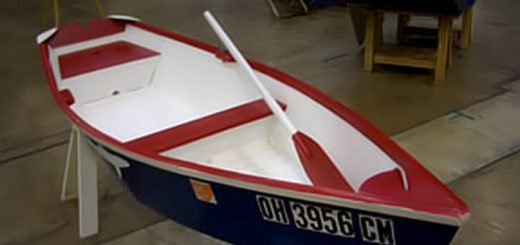Old Woman Creek Estuary
Presentation by: Heather Elmer
Dept. of Fisheries Ohio Department of Wildlife
 Old Woman Creek and Lake Erie form an estuary located a few miles east of Huron, Ohio. What is an estuary? It is a natural area where two bodies of chemically distinct water intermix. Using visuals from a borrowed PowerPoint presentation when her visuals failed to boot up, Heather explained that the estuary combines water moving toward the lake through the Old Woman Creek drainage area with water blown in from Lake Erie by wind and waves. A large marshland area located near the mouth of the creek is the area where the waters intermix.
Old Woman Creek and Lake Erie form an estuary located a few miles east of Huron, Ohio. What is an estuary? It is a natural area where two bodies of chemically distinct water intermix. Using visuals from a borrowed PowerPoint presentation when her visuals failed to boot up, Heather explained that the estuary combines water moving toward the lake through the Old Woman Creek drainage area with water blown in from Lake Erie by wind and waves. A large marshland area located near the mouth of the creek is the area where the waters intermix.
Heather explained that years ago many rivers empting into the lake had an estuarine area but development and dredging destroyed many of them. Today, Old Woman Creek is one of the few such site on Lake Erie. The Old Woman Creek Reserve is one of 26 national estuarine research reserves and the only one located on fresh water and the only one on the Great Lakes.
The mouth of Old Woman Creek forms a sandy beach. The wind and waves of Lake Erie move the sand around, often forming it into a barrier across the mouth of the creek. The barrier beach acts as a temporary dam holding back water flowing from the creek. The retained water floods into the marsh area. A large amount of water flowing down the creek from an event such as a thunderstorm can break through the barrier dam and drain down a portion of the marshland. This cycle can go on many times throughout a year and raise and lower the marshland water level.
 Different plants proliferate or decline based on the changing water levels. American water lotus and phragmites ( tall grass stalks with plumed heads commonly invasive) are two dominant species in the marshland. The site has attracted bald eagles and over 300 species of birds. Forty fish species have been identified in the estuary.
Different plants proliferate or decline based on the changing water levels. American water lotus and phragmites ( tall grass stalks with plumed heads commonly invasive) are two dominant species in the marshland. The site has attracted bald eagles and over 300 species of birds. Forty fish species have been identified in the estuary.
Many research projects are underway to examine the life cycle of this natural wonder. Some projects are looking at the potential of these types of marshlands to breakdown toxic molecules in the water.
Visitors can tour the site from paths leading from the research and visitors center. One can also paddle in off the lake. Check it out.







